Italy & Swiss
10 Days / 9 Nights
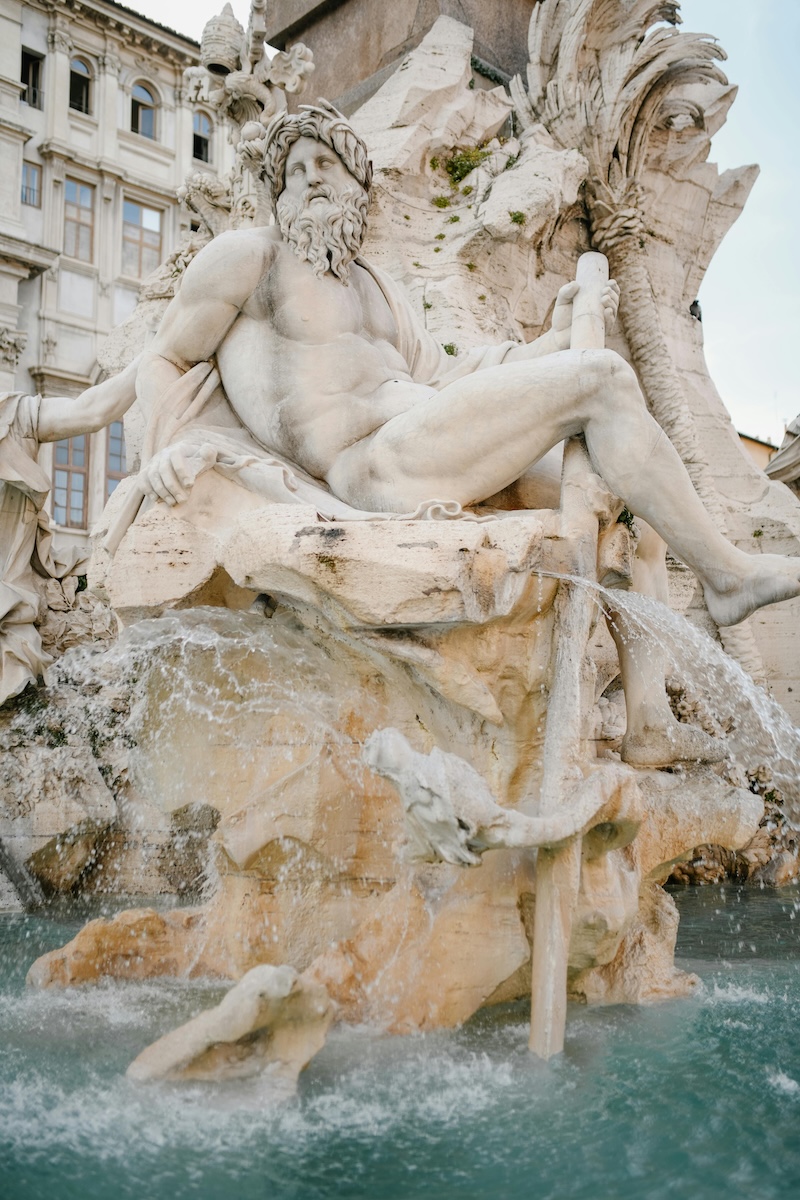
Day 1 – Piazzas & Fountains of Rome
Walking city tour of Rome. The walking tour begins at the Piazza di Spagna, one of the most famous squares in Rome, home to the Spanish Steps. Pilgrims can enjoy a peaceful moment while appreciating the view of the steps leading up to the Trinita’ de’ Monti church and the Barcaccia Fountain at the foot of the stairs. The tour continues to Piazza Navona, a stunning Baroque square famous for its beautiful Fountain of the Four Rivers by Bernini. Pilgrims can reflect on the grandeur of the square while admiring the artistic beauty and the symbolism of the fountains. Next, the group will visit the iconic Trevi Fountain, one of the most famous fountains in the world. Pilgrims can throw a coin into the fountain, following the tradition that promises a return to Rome. It’s a perfect spot for reflection on faith, hope, and the beauty of the Eternal City. The tour will head to Piazza del Popolo, one of Rome’s largest and most important squares, where pilgrims can admire the twin churches of Santa Maria dei Miracoli and Santa Maria in Montesanto, as well as the Obelisk of Flaminio. The square has historically been a gateway to Rome and is a place of both historical and spiritual significance.the beauty of the Eternal City. The tour will head to Piazza del Popolo, one of Rome’s largest and most important squares, where pilgrims can admire the twin churches of Santa Maria dei Miracoli and Santa Maria in Montesanto, as well as the Obelisk of Flaminio. The square has historically been a gateway to Rome and is a place of both historical and spiritual significance.
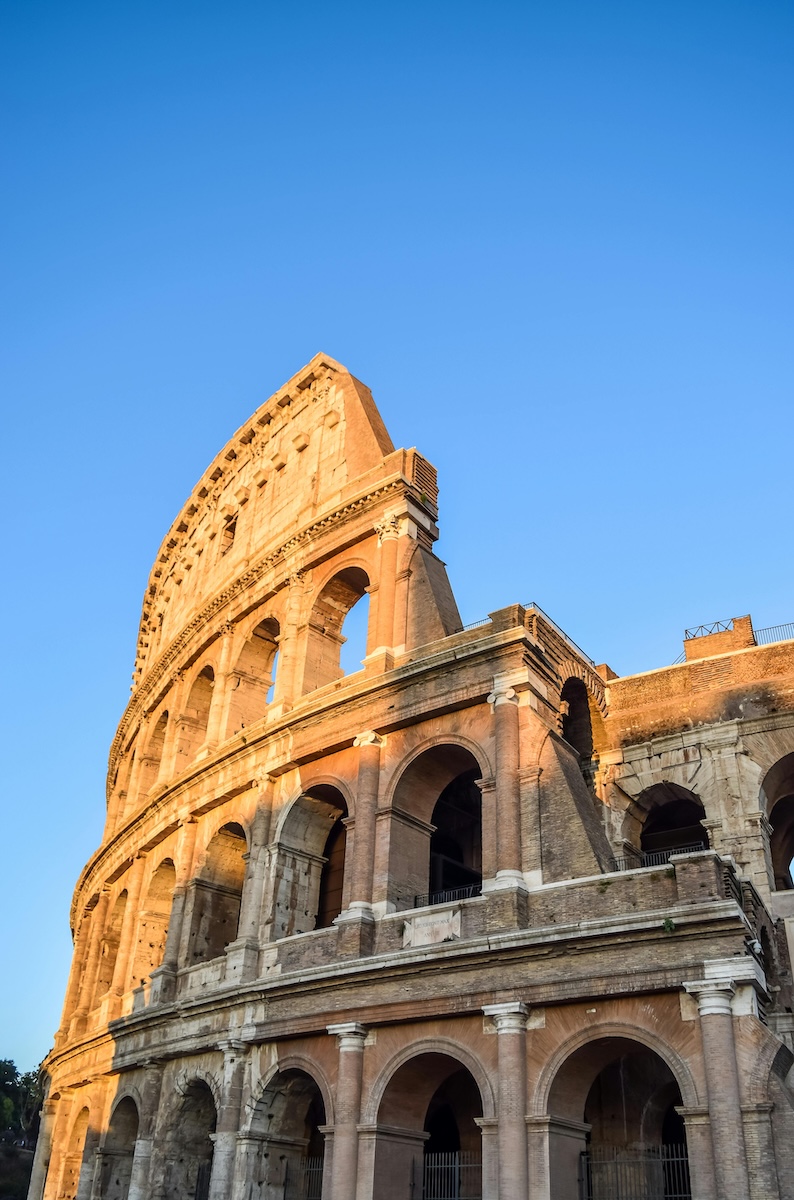
Day 2 – Colossuem & Imperial Forum
Colosseum and Imperial Forum Guided Tour – a Guided tour of the Colosseum and the Imperial Forums in Rome for a group of international tourists begins with an introduction to the historical significance of these iconic landmarks. The guide, fluent in the group’s language, starts by explaining the Colosseum’s origins as an amphitheater built in AD 70-80, capable of holding up to 80,000 spectators. The guide details its use for gladiatorial games, public spectacles, and mock sea battles, while pointing out the intricate architecture and the grand scale of the structure. The group then walks through the Colosseum’s main levels, learning about its fascinating history and the events that once took place in the arena. The guide highlights specific sections, like the underground chambers where gladiators and animals were held, and explains the engineering marvels behind its design. Afterward, the tour continues to the nearby Roman Forum and the Imperial Forums. Here, the guide walks the group through the remains of ancient government buildings, temples, and marketplaces, providing insight into Roman life. The tour explores famous sites like the Temple of Saturn, the Senate House, and the Arch of Titus. Visitors also learn about the Forum’s role as the center of Roman political, social, and religious life. Along the way, the guide shares fascinating anecdotes and historical facts about the emperors and events that shaped the history of Ancient Rome. As the tour concludes, tourists have the opportunity to take photos, ask questions, and enjoy the breathtaking views of the Roman ruins against the backdrop of modern Rome.
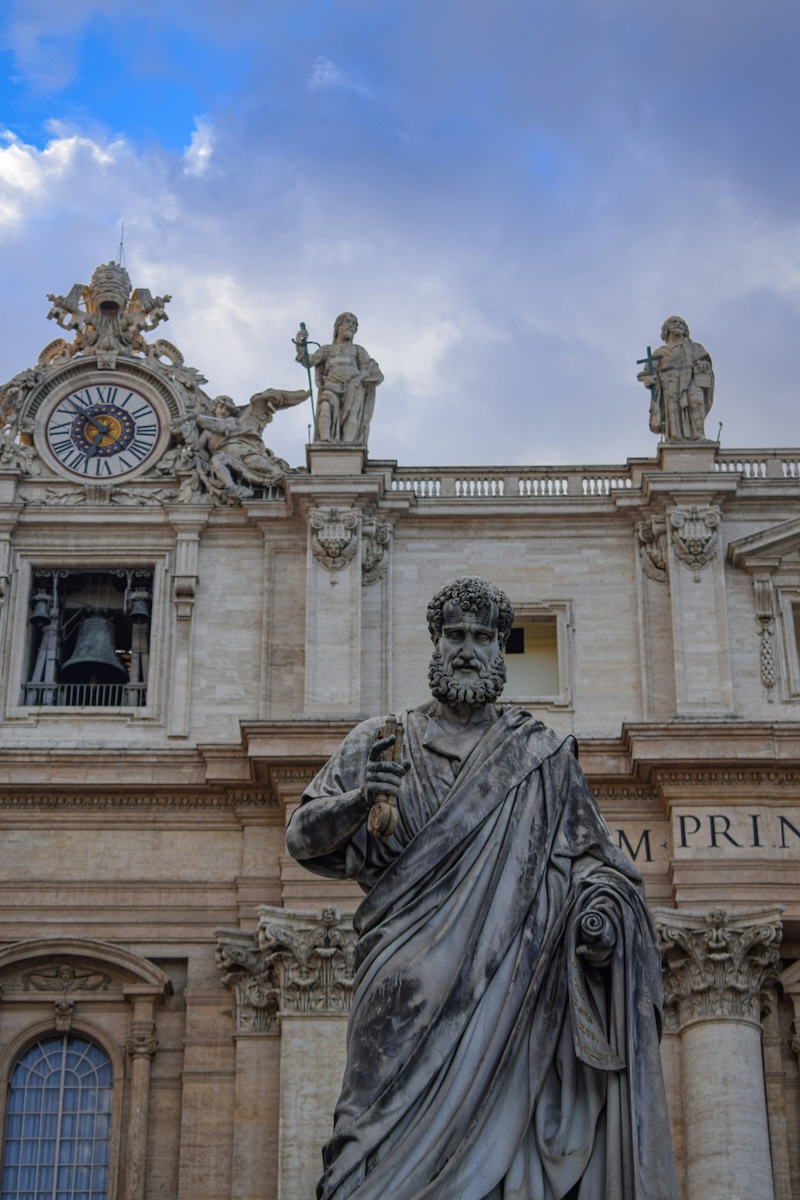
Day 3 – The Vatican Museums
A guided tour of the Vatican Museums for a group of international tourists in Rome begins with an introduction to the rich history of the Vatican and its vast art collection. The guide, fluent in the group’s language, welcomes everyone and provides a brief overview of the Museums’s; origins, which date back to the early 16th century when Pope Julius II first began collecting art. The tour starts at the entrance to the Museums, where the guide explains the significance of the Vatican's art and artifacts, many of which come from the Renaissance and Baroque periods. As the group moves through the various galleries, the guide highlights key works, such as the stunning Raphael Rooms, a series of frescoes painted by Raphael and his school, depicting important moments in history and theology. Next, the group enters the Gallery of Maps, where the guide describes the detailed frescoes of Italy’s topography, offering a unique historical perspective on the country’s regions. The tour then continues through the Gallery of Tapestries, showcasing intricate tapestries that were woven based on designs by Renaissance artists. The guide leads the group through the magnificent Sistine Chapel, explaining the story behind Michelangelo’s iconic ceiling, including the famous Creation of Adam and The Last Judgment frescoes. Tourists marvel at the beauty and grandeur of the Chapel, learning about the symbolism and techniques used by the master artist. Throughout the tour, the guide shares fascinating stories about the artists, the popes who commissioned these works, and the religious and cultural context of the pieces. The group is given ample time to admire the masterpieces while also providing insights into the rich history of the Vatican City and the Church. The tour concludes with a visit to the Vatican Gardens or St. Peter’s Basilica (depending on the itinerary), where tourists can ask questions, take photos, and reflect on the incredible wealth of art and history they’ve just experienced The Sistine Chapel: The group will have time to admire Michelangelo's stunning frescoes, including the Creation of Adam and the Last Judgment, which are considered some of the most important works of Western art.
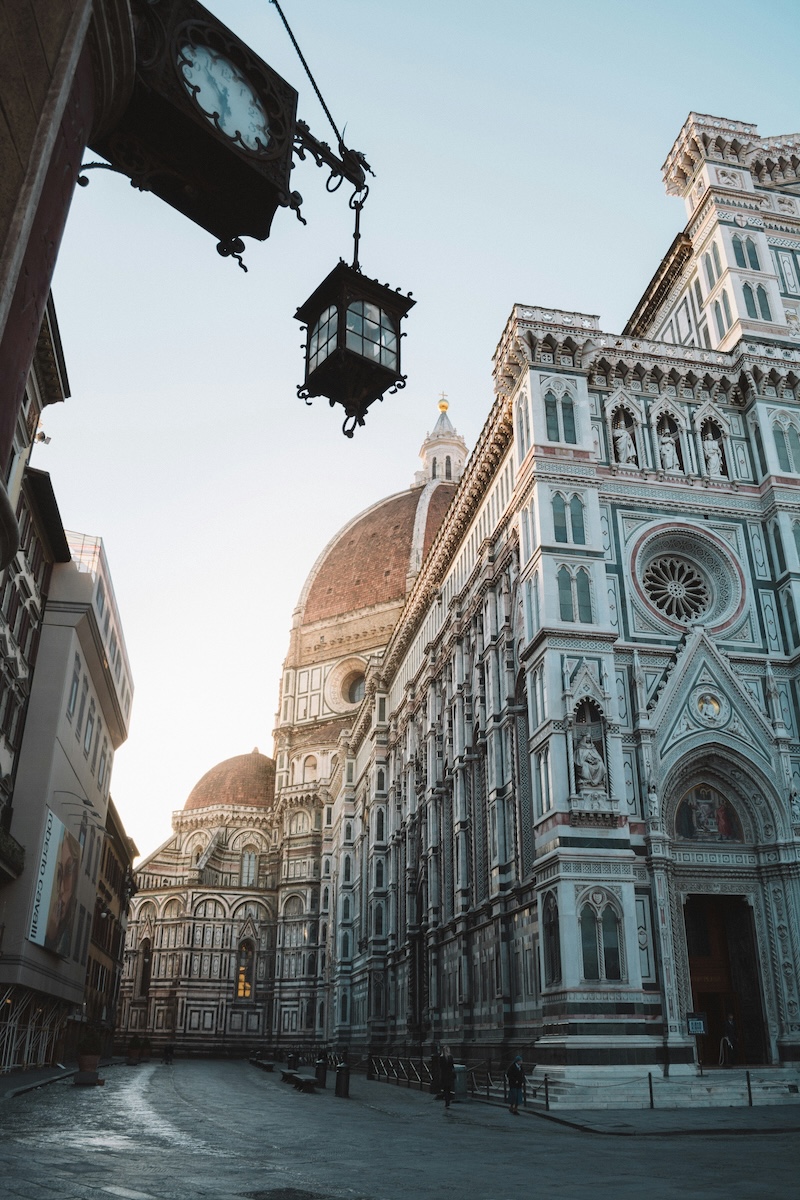
Day 4 – Florence
A guided tour of Florence for a group of international tourists traveling from Rome begins with an early morning departure, as the group heads to the heart of Tuscany. The guide, fluent in the group’s language, introduces the rich history of Florence during the journey, explaining its role as the birthplace of the Renaissance and its significance in art, culture, and politics. Upon arrival in Florence, the tour begins with a visit to the iconic Piazza del Duomo, where the group marvels at the stunning Cathedral of Santa Maria del Fiore. The guide explains the history and architecture of the cathedral, focusing on the incredible dome designed by Filippo Brunelleschi, which remains an engineering marvel to this day. Tourists also have the chance to see the Baptistery of St. John and the Giotto’s Campanile (bell tower), with opportunities for photos and a closer look at these masterpieces of Gothic architecture. The tour continues to Piazza della Signoria, the political heart of the city, where visitors are introduced to the Palazzo Vecchio. The guide provides historical context about Florence’s role as a city-state during the Renaissance and its association with powerful families like the Medici. In the square, the group views famous sculptures, including Michelangelo’s David (a replica, as the original is housed in the Galleria dell'Accademia), as well as Perseus with the Head of Medusa by Benvenuto Cellini.devotion to the teachings of Christ. This visit is not just a historical exploration, but also an invitation for prayer and reflection. As pilgrims, we invite you to meditate on the sacrifices of the early Church and find a moment of peace in these hallowed grounds, where faith and history intertwine.”. Free time in city centre.
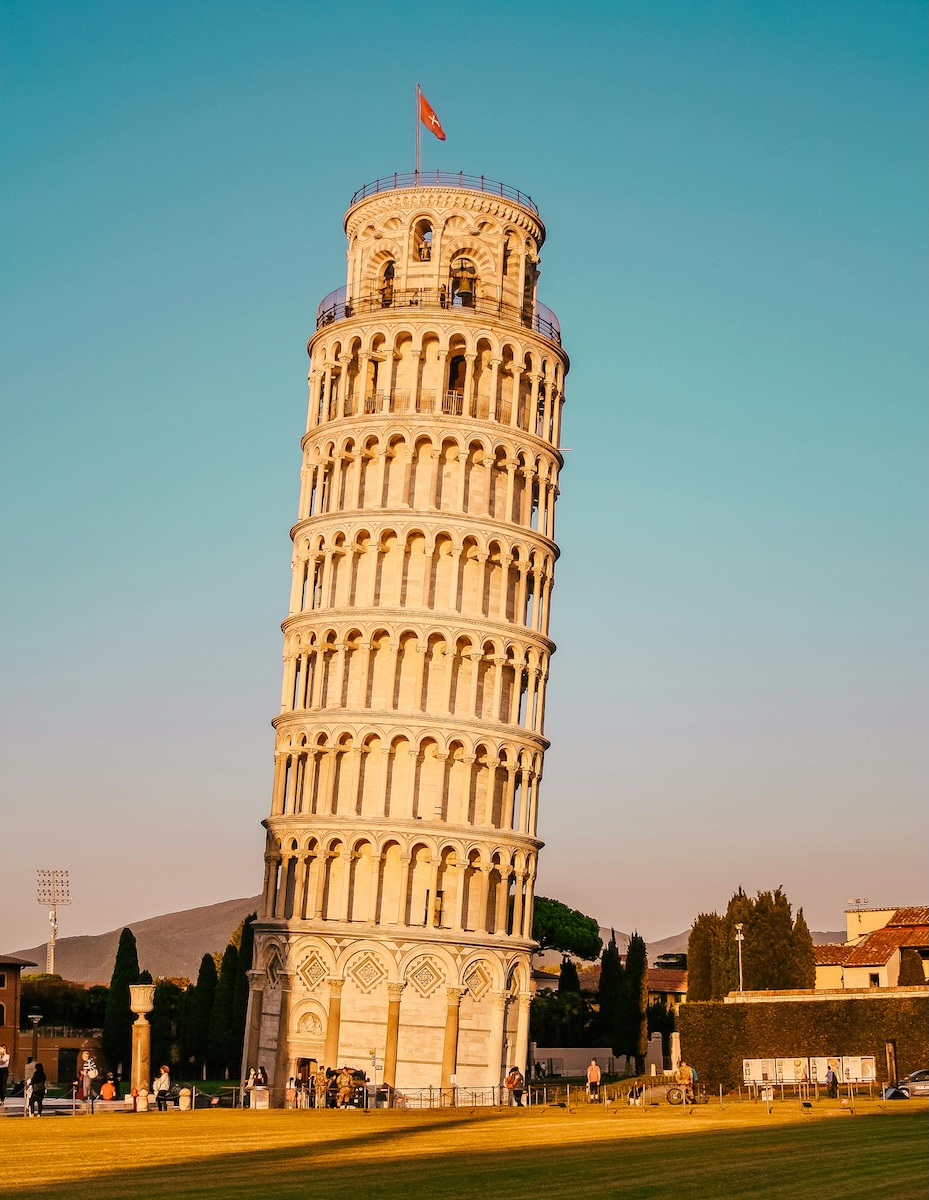
Day 5 – Pisa Tower
A one-day guided tour of Pisa for a group of international tourists begins with an early morning departure, as the group makes its way to the city famous for its iconic Leaning Tower. Upon arrival, the guide, fluent in the group’s language, provides an introduction to Pisa’s history, from its origins as an ancient Roman city to its rise as a powerful maritime republic in the Middle Ages. The tour begins at the Piazza dei Miracoli (Square of Miracles), one of the most beautiful and famous squares in the world. The group is immediately struck by the grandeur of the Leaning Tower of Pisa, which is the highlight of the city. The guide explains the fascinating history behind the tower's tilt, its construction, and the engineering challenges that led to its iconic slant. Tourists learn about the tower’s role as part of the Cathedral Complex, which includes the Cathedral of Santa Maria Assunta and the Baptistery of St. John. After visiting the Leaning Tower, the group enters the Cathedral of Santa Maria Assunta. The guide explains the stunning Romanesque architecture, the detailed artwork inside, and the significance of the cathedral in the religious and cultural life of Pisa. Tourists can admire the beautiful mosaics, the intricate marble columns, and the impressive pulpit designed by Nicola Pisano. Next, the group heads to the Baptistery of St. John, located next to the cathedral. This impressive structure, with its iconic domed roof and stunning acoustics, is the largest baptistery in Italy. The guide explains its architectural features and the importance of baptisms in medieval Pisan society.
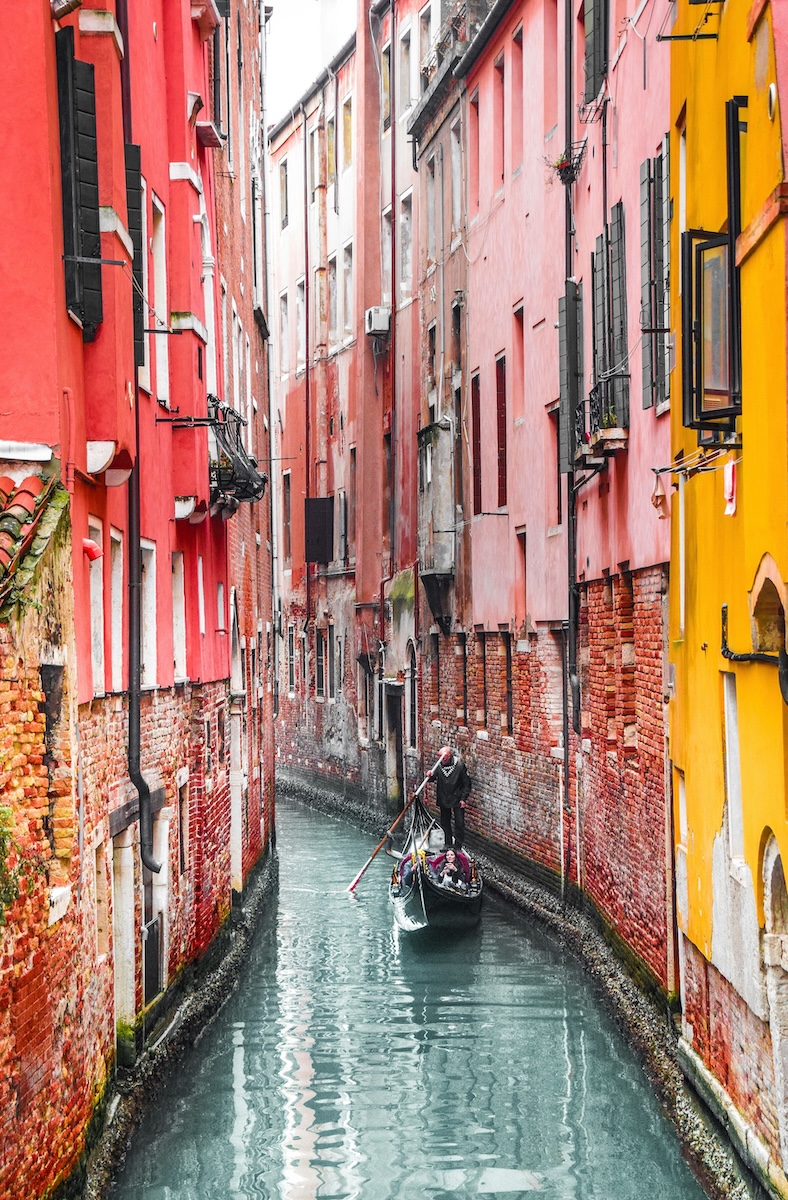
Day 6 – Venezia
A one-day guided tour of Venice for a group of international tourists begins with an early morning arrival in this enchanting city. The guide, fluent in the group’s language, offers a brief introduction to the history of Venice during the journey from the train station or bus terminal, explaining its origins as a powerful maritime republic and its unique position on a series of islands in the Venetian Lagoon. The tour begins in the heart of the city at Piazza San Marco (St. Mark’s Square), where the group marvels at the stunning St. Mark’s Basilica, famous for its Byzantine architecture and breathtaking golden mosaics. The guide explains the basilic’s religious and cultural significance, as well as its connection to Venice’s long and prosperous history as a crossroads of trade and culture. The group can also admire the Campanile (bell tower), which offers panoramic views of the city. Next, the group moves on to the Doge’s Palace (Palazzo Ducale), one of the most magnificent examples of Gothic architecture in Venice. After the Doge’s Palace, the group takes a leisurely walk through Venice’s picturesque narrow streets, passing through charming canals and hidden squares. The guide shares anecdotes about Venetian life, the city’s cultural richness, and how its canals have shaped everything from its architecture to its way of life. The group also passes by the Rialto Bridge, one of Venice’s most recognizable landmarks, and enjoys the views of the bustling Rialto Market, where fresh produce and seafood are sold. For a true Venetian experience, the group enjoys a relaxing gondola ride along the Grand Canal, Venice’s main waterway. As the gondola glides through the canals, the guide points out historic buildings, palaces, and hidden corners of the city that can only be fully appreciated from the water. Throughout the day, the guide shares fascinating stories and historical context, helping tourists immerse themselves in the magic of Venice and its rich cultural heritage. The group leaves with unforgettable memories of this unique city built on water.
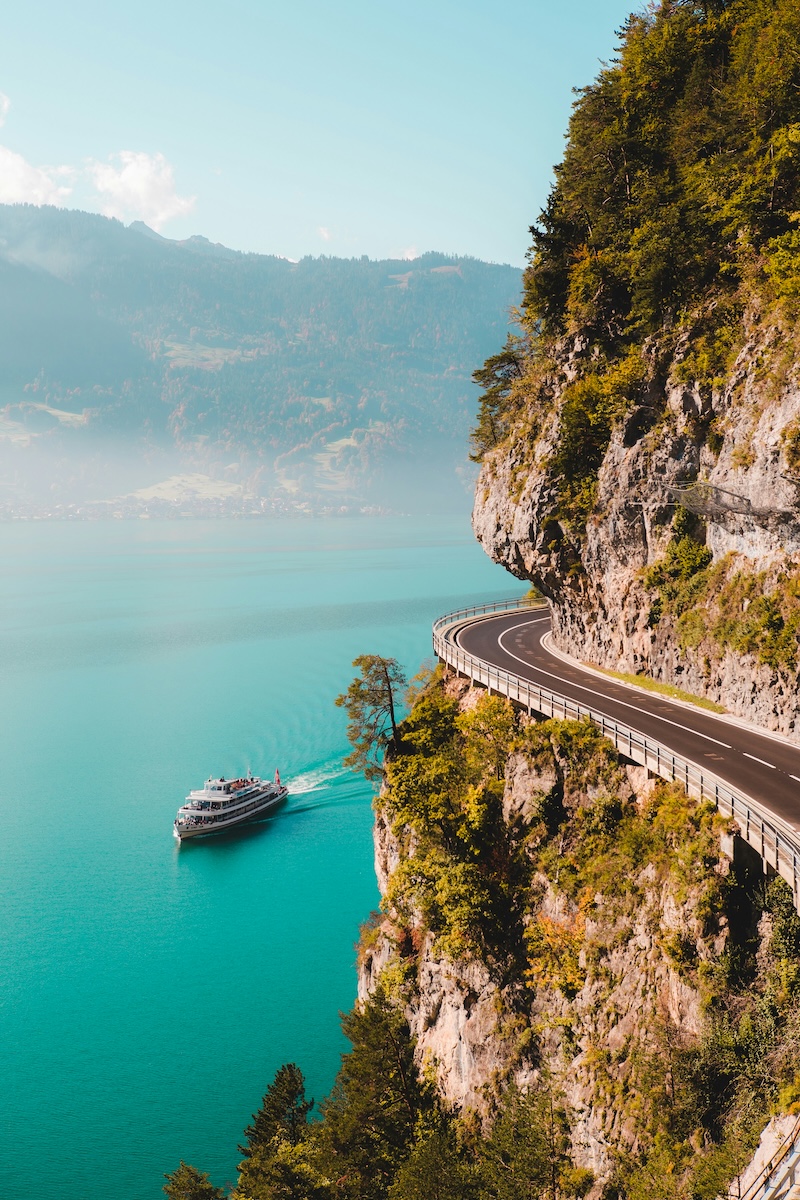
Day 7 – Interlaken
Exploring Harder Kulm, Schynige Platte, and the Grottoes of St. Beatus . The group takes the funicular ride up to Harder Kulm, a mountaintop viewpoint offering panoramic views of the town of Interlaken, the pristine Lake Thun, and the towering Eiger, Mönch, and Jungfrau mountains. From the top, tourists are captivated by breathtaking vistas and are invited to take a walk along the platform that offers one of the most famous views in Switzerland. T. There’s also time to visit the Harder Kulm restaurant, where visitors can enjoy Swiss delicacies and the unparalleled scenery. Afterward, the group makes its way to Schynige Platte, accessible by a historic cogwheel train. This mountain ridge offers a tranquil and scenic escape, with incredible views of Lake Thun, the Bernese Oberland, and the surrounding Alpine peaks. The guide explains the significance of Schynige Platte, known for its well-maintained botanical garden that features rare alpine plants. Tourists can take a leisurely walk along the trails, with plenty of opportunities to take photos of the stunning landscape. The afternoon continues with a visit to the Grottoes of St. Beatus (St. Beatus Höhlen). After a short drive to the caves, the group embarks on a guided tour through the underground world, where they learn about the fascinating formations of stalactites and stalagmites. The caves are steeped in legend, as it’s said that St. Beatus drove away a dragon from the caves centuries ago. The guide takes the group along the well-lit paths inside the caves, explaining the geology and the myths associated with this ancient site. After the tour, there’s time to enjoy the serene Lake Thun and its crystal-clear waters before returning to the hotel for a relaxing evening.
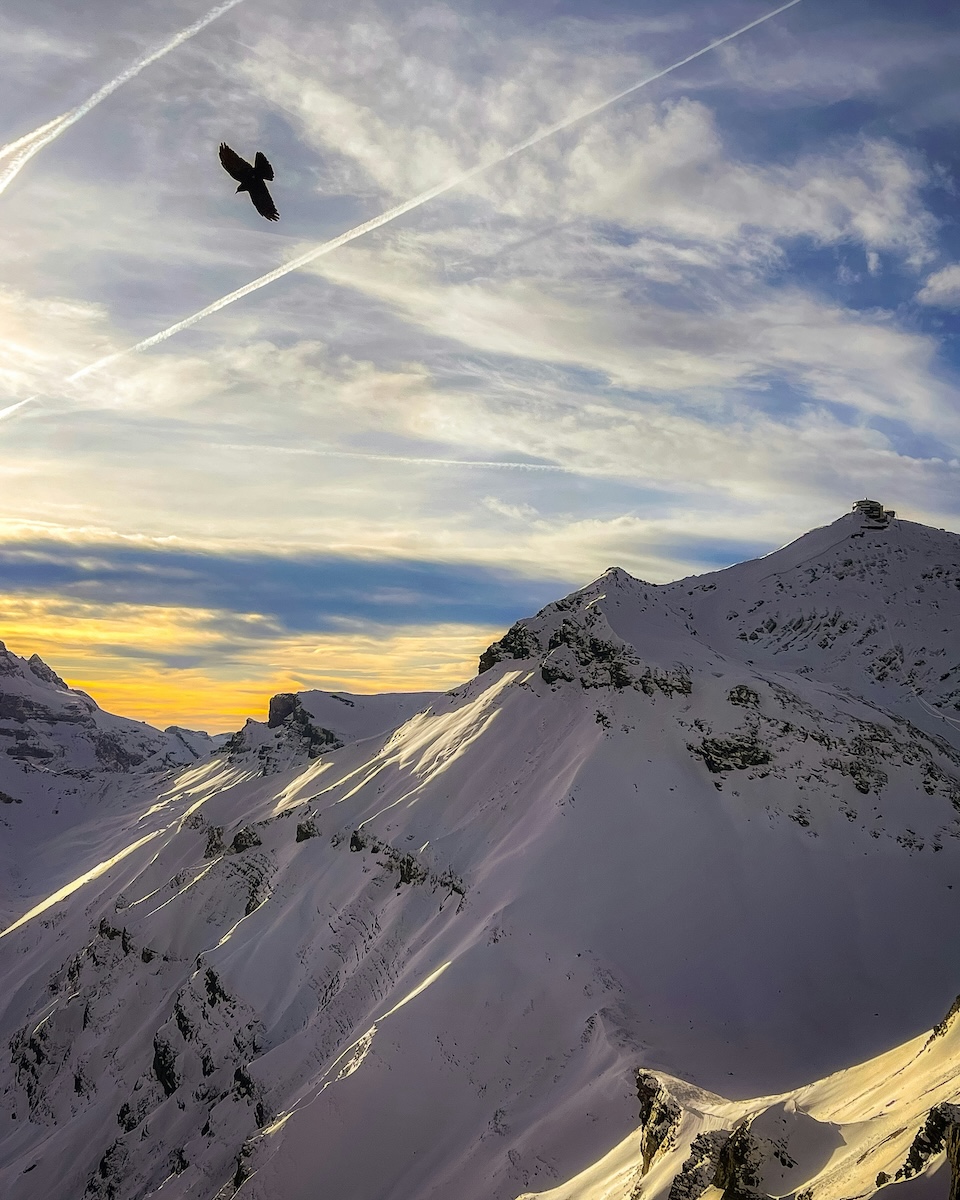
Day 8 – Interlaken
The tour shifts to the stunning Lake Brienz and Lake Thun, both nestled amidst towering mountains. The group embarks on a relaxing boat tour on Lake Brienz, where they are treated to spectacular views of the lush landscape and the charming villages along the shore. As the boat cruises, the guide shares fascinating stories about the history of the lakes, the local communities, and the surrounding nature. The group disembarks at a picturesque village along the lake, where they have the chance to explore, take photos, and enjoy the peaceful atmosphere of the area. Next, the group heads to Lake Thun, where they board another scenic boat for a cruise that takes them past historical castles, medieval towns, and spectacular alpine scenery. The guide points out significant landmarks, including Thun Castle and Spiez, and provides insights into the history of these areas as they drift along the lake’s serene waters. After a delightful lunch in the lakeside town of Thun, the group heads to Schilthorn, one of the most famous peaks in the region. The adventure begins with a cable car ride that offers increasingly breathtaking views as they ascend toward the summit. Upon reaching Schilthorn, tourists are treated to spectacular 360-degree views of the Jungfrau massif, Eiger, and Mönch mountains, as well as the surrounding valleys and lakes. The guide explains the history of Schilthorn, known for its panoramic observation deck and as the filming location for the James Bond movie On Her Majesty’s Secret Service. At the summit, visitors can enjoy a meal at the revolving Piz Gloria restaurant, which offers one of the most unique dining experiences in the Alps. The group has time to take in the views, visit the James Bond exhibition, and enjoy the thrill of standing at one of Switzerland’s most iconic viewpoints. n the afternoon, the group takes the cable car back down and enjoys a relaxing descent through picturesque alpine meadows before returning to the hotel. The day ends with a leisurely walk through the charming streets of Interlaken or a relaxing evening at the hotel. Throughout both days, the guide provides engaging commentary, weaving together the natural beauty, history, and folklore of the region, ensuring that the group leaves with unforgettable memories of the Swiss Alps’ majestic landscapes and rich cultural heritage.
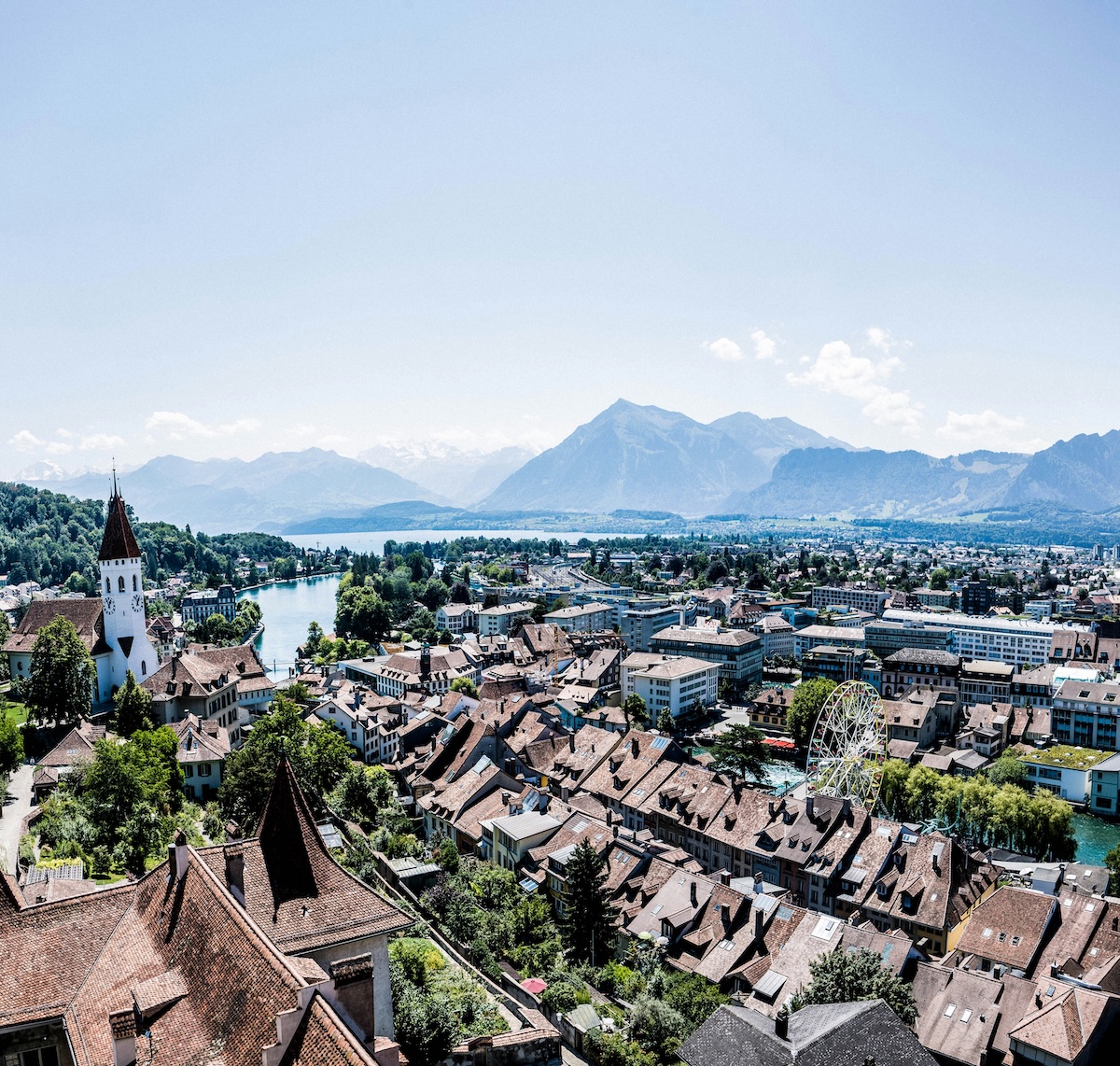
Day 8 – Interlaken
The group begins the day by strolling through the picturesque streets of Interlaken’s town center. The main shopping area in Interlaken is along Jungfrau Strasse and ** Höheweg**, where a wide range of shops cater to both luxury shoppers and those looking for authentic Swiss souvenirs. Tourists can visit stores selling Swiss watches — Interlaken is home to several renowned watchmaking brands. The group can explore the elegant windows of Rolex, Omega, and other Swiss watchmakers, or browse through more accessible options for souvenirs. The guide provides information about the craftsmanship behind Swiss watches, adding cultural depth to the shopping experience. Next, the group heads to Swiss souvenir shops, where they can pick up traditional items such as Swiss army knives, Murano glass, or handmade wooden carvings. For chocolate lovers, a stop at one of Interlaken’s famous chocolateries is a must. The guide takes the group to a local chocolatier, where they can enjoy a demonstration of how Swiss chocolate is made. Tourists are treated to tastings of high-quality Swiss chocolate, including truffles, pralines, and traditional favorites like Lindt and Toblerone. Tourists can also purchase beautifully packaged chocolates as gifts or personal treats.
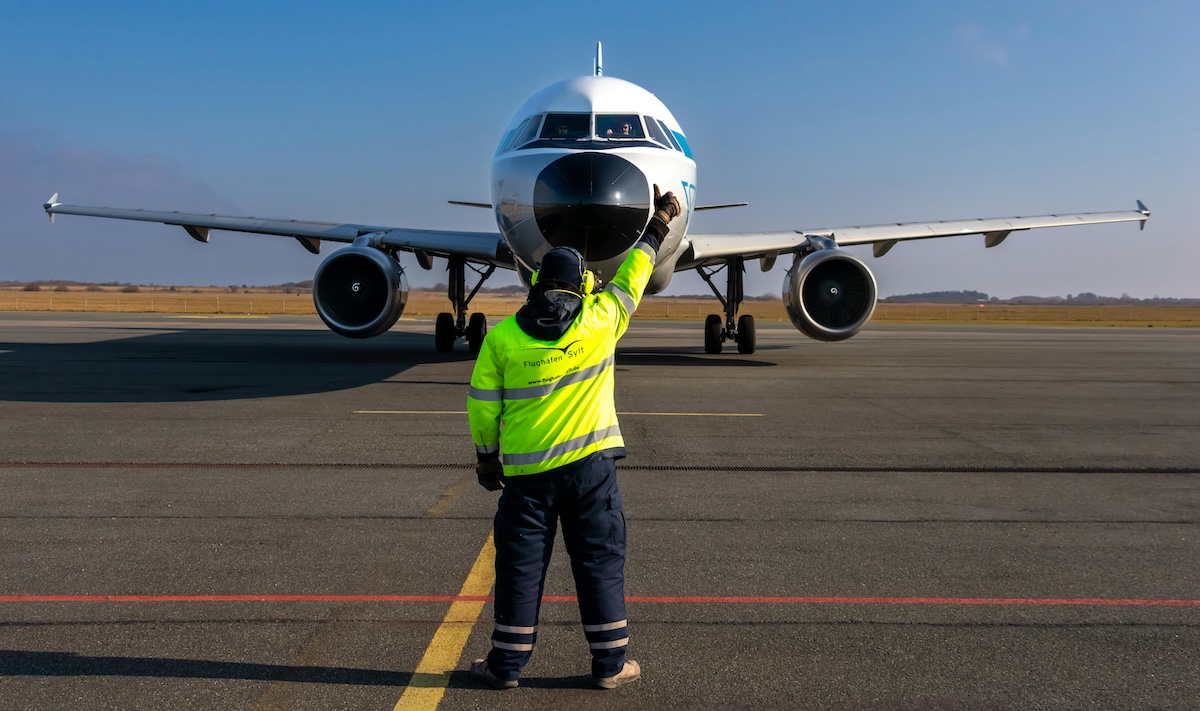
Day 9 – Trasfer from Hotel to the APT
Are you a travel agency?
Net rate for you!
We love work B2B
